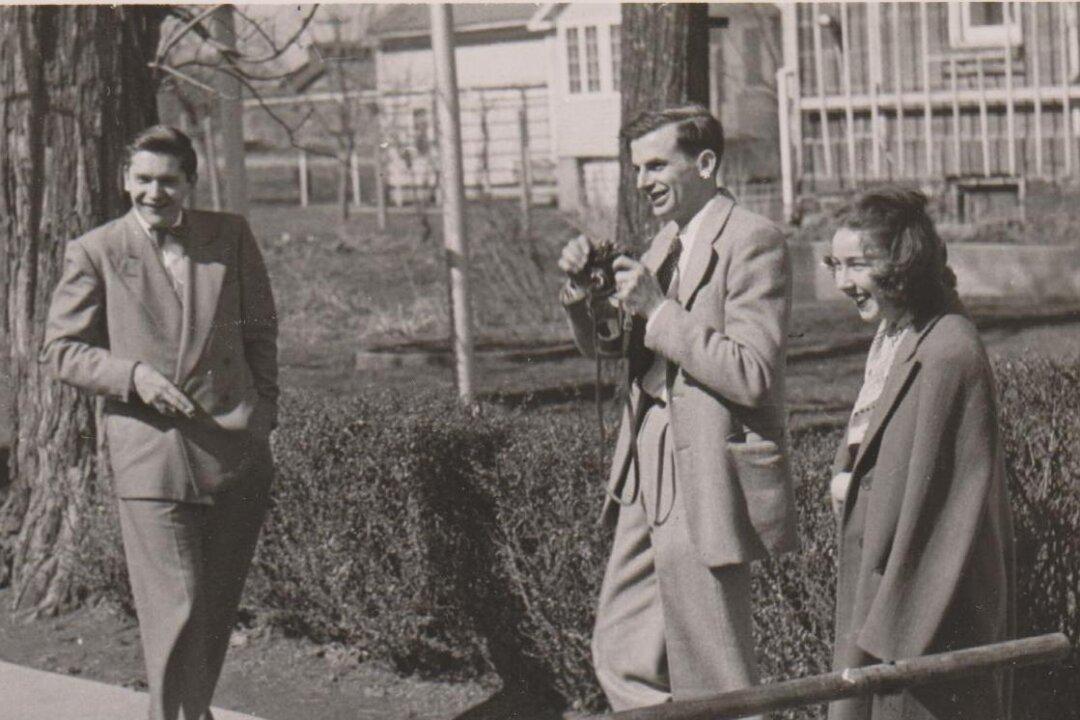The American West and settling of the plains and prairies during the mid-to-late 19th century is a narrative fascination that still holds sway in today’s culture. Recent streaming services developed and offered the popular shows “Yellowstone,” “1883,” and “Longmire,” which illustrate the collective impact that the era of “manifest destiny” still has on the American imagination.
Much of this fascination in popular culture is an extension of the 1950s–60s Western film and television cycle that focused heavily on the rugged individualism of postwar America and its citizens.





